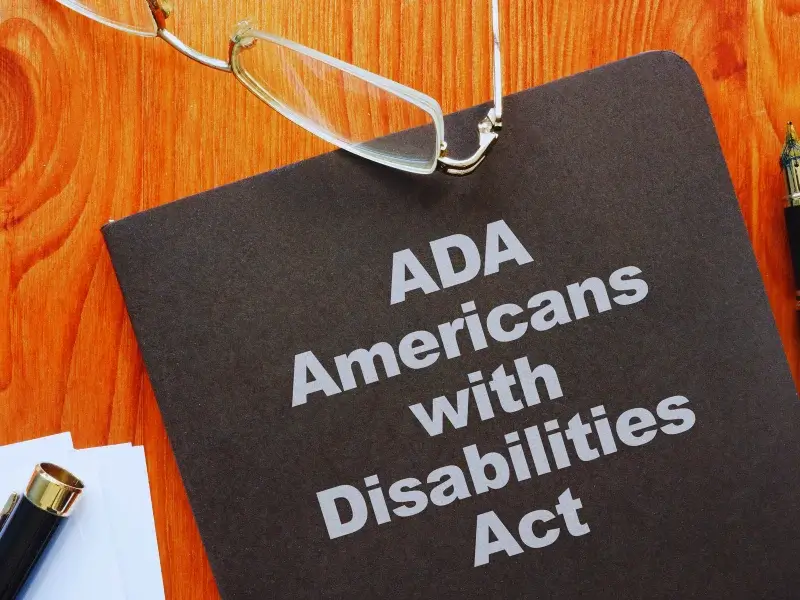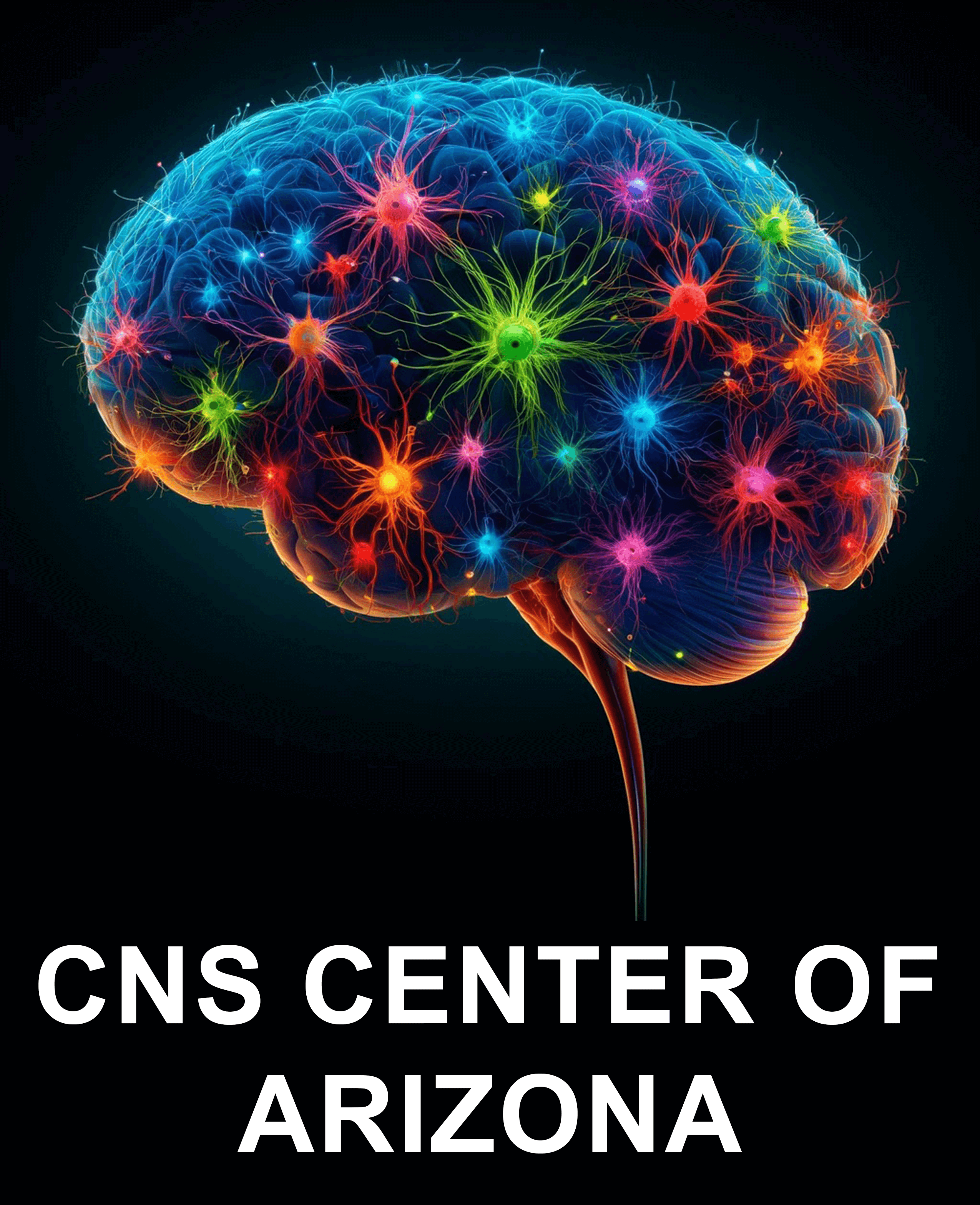Many employees today identify as neurodivergent. This can include ADHD, autism, learning differences, or other brain-based traits.
At its core, neurodiversity simply means people think and work in different ways.
When the role is a good fit and support is in place, those differences often become strengths.
Employers also have a legal responsibility under the Americans with Disabilities Act to provide reasonable accommodations.
Despite it being a legal duty, are there any other ways on how employers can support neurodiversity at work in Arizona?
Why Neurodiversity at Work Helps Arizona Teams
What Neurodiversity Means
Neurodiversity points to the natural range of human thinking.
People may process information, sense input, and plan tasks in different ways.
For instance, an employee with ADHD might think quickly and generate many ideas, yet struggle with long blocks of repetitive work.
An autistic employee might show excellent attention to detail and pattern recognition, yet need clear, literal instructions and a predictable routine.
The goal is not to “fix” a person; the goal is to remove barriers that are unrelated to job results.
How Neurodiversity at Work Supports Performance
Well-chosen supports lower stress and free up energy for the work that matters.
Employers often find that accommodations designed for one person, like clearer written instructions or fewer unnecessary meetings, end up helping the whole team.
Many accommodations are low or no cost; surveys show the most common cost is $0, and when there is a cost, it is usually modest.
These changes also reduce turnover, which saves money and time.
Challenges Neurodivergent Employees Face And How to Respond
Common Barriers You Can Change
Barriers often come from how work is organized, not from a person’s ability.
Frequent task switching, unclear directions, bright lights, loud open offices, and constant notifications push many workers past their limits.
Interviews and guidance from federal agencies stress the value of a straightforward “interactive process”: talk with the employee, identify job-related limits, and try practical solutions.
This is the ADA’s core approach to reasonable accommodation.
Keep the focus on duties and outcomes, not labels.
Stigma And Communication Gaps
Some employees hesitate to ask for changes because they fear bias.
You can help by setting a respectful tone, using plain language, and offering choices for how to receive instructions (written plus verbal, step-by-step checklists, or visuals).
Encourage managers to ask two simple questions: “What helps you do your best work?” and “Which parts of your job are hardest right now?”
These questions align with national accommodation guidance that emphasizes collaborative problem-solving.
Practical ADHD Accommodations at Work: Simple Changes That Help
These changes are low cost and common across accommodation guides used by U.S. employers.
Task Design That Supports Attention
Break complex projects into smaller steps with due dates.
Use shared task boards so priorities are easy to see.
Allow short, scheduled focus blocks with fewer interruptions, and pair them with quick movement breaks.
These approaches match common accommodation ideas and are easy to try without new software.
Time, Schedule, And Meeting Adjustments
Offer flexible start/stop windows when the job allows.
Limit back-to-back meetings and send agendas in advance. Let employees use timers, written agendas, and “parking lots” for off-topic ideas.
Many workers with ADHD do better with regular check-ins that last 10–15 minutes rather than one long weekly meeting.
These are standard adhd accommodations at work described by national resources.
Workspace And Notification Controls
A quieter space, noise-canceling headphones, or a seat away from high-traffic areas can make a big difference.
Encourage people to mute non-urgent notifications during focus blocks.
Assistive Tech for ADHD Support Focus And Memory
Everyday Digital Supports
Many helpful tools are already on phones and computers.
Calendar reminders, visual timers, website blockers, and simple to-do apps reduce overload.
The federal Job Accommodation Network and its publications point to these tools as common, effective supports for adults with attention needs. GovInfo
Noise And Environment Tools
Noise-canceling headphones, small desk fans, or white-noise machines help many workers manage sensory load.
These are practical examples of assistive tech for ADHD used daily in offices and remote settings, and they are often listed in national accommodation guides.
How Employees Can Ask for ADHD Accommodations at Work

Prepare A Short, Clear Request
Employees do not need to share every detail of a diagnosis to start the ADA interactive process.
A short written request that links a health condition to a specific work barrier is enough to begin the conversation.
The Job Accommodation Network (JAN) has plain-language guides for employees on how to ask and what to expect.
Bring Practical Ideas
It helps to bring two or three ideas that have worked before, like written checklists, a quieter space, or short focus blocks.
Managers can add ideas, and you can test what works best. JAN’s “A to Z” index is a good place to see examples by condition and type of limitation.
Keep It A Conversation
Follow up after a trial period. If something helps, keep it. If not, adjust.
The interactive process is meant to be flexible and ongoing, which aligns with EEOC guidance and national best practices.
Autism Workplace Accommodations You Can Pilot This Month
Communication And Training
- Share written agendas and meeting goals 24 hours ahead
- Use clear, literal language; avoid idioms and sarcasm
- Offer a job coach or buddy for the first 60–90 days if the role is complex
- Record short training videos for tasks done less often
These steps mirror examples in national accommodation libraries and help new hires learn faster.
Sensory And Space
- Provide access to a quiet room for breaks
- Allow sunglasses, hats, or screen filters to reduce glare
- Seat away from heavy foot traffic; limit strong scents in shared areas
- Allow noise-canceling headphones except during safety-critical tasks
These adjustments are routine in many workplaces and are often low cost.
Manager Playbook: ADHD Accommodations at Work That Support Results
Structure And Feedback
- Agree on top three priorities for the week
- Use brief daily or twice-weekly check-ins
- Give feedback in real time and in writing when possible
- Share deadlines and success criteria clearly
These are widely recommended ADHD accommodations at work and fit normal team routines.
Focus And Time
- Block “quiet hours” for deep work
- Limit back-to-back meetings and multitasking
- Encourage timers and calendar reminders
- Batch emails and messages to reduce constant pings
These changes help most teams, not only those with ADHD, and reduce errors and rework.
What Employers Often Ask About ADA And Neurodiversity at Work

Do We Need A Diagnosis To Start?
You need enough information to understand the work-related limitation and the accommodation being requested.
You can request medical documentation when it’s job-related and consistent with business necessity, but you can also try obvious, low-risk solutions first.
EEOC guidance encourages a practical approach.
What If An Accommodation Doesn’t Work?
Try another solution.
The ADA expects good-faith efforts, not perfection on the first try.
Document the steps you take and keep communicating with the employee.
Resources like JAN can suggest alternatives for specific job tasks.
How Much Will This Cost?
Most accommodations cost nothing; for those with a cost, employers report modest one-time expenses.
Many changes, like clearer instructions, better lighting, or a predictable schedule, have no cost at all.
How CNS Center Arizona Cares For Working Adults
We focus on patient-centered psychiatric care for children, adolescents, and adults.
We invite you to schedule a psychiatric evaluation if symptoms are affecting your work, may it be attention difficulties, anxiety, depression, or sleep problems.
For adults with neurodiversity, our treatment may include ADHD medication management, skills coaching through therapy referrals, and guidance on how to communicate your work-related needs to your employer.
We also offer telepsychiatry visits for Arizona residents, with transparent pricing for evaluations and follow-ups.
Our care plans are designed to support your health and daily function, while accommodation decisions remain between you and your workplace under the ADA.
Learn More About Neurodiversity at Work in Arizona
CNS Center Arizona conducts psychiatric evaluations, medication management, and individual psychotherapy for adults who want support while navigating neurodiversity at work.
If you are ready to talk through next steps, contact us here to schedule an in-person or telepsychiatry visit.





